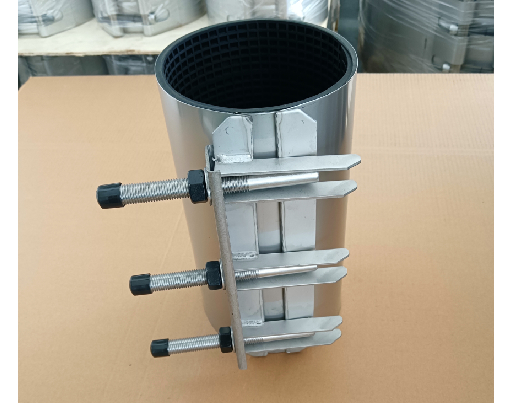Triple Offset Metal Seated Butterfly Valve Applications and Advantages in Industrial Settings
Understanding Triple Offset Metal Seated Butterfly Valves
When discussing control systems in piping and fluid management, one often encounters specialized components that enhance performance and efficiency. Among these are the triple offset metal seated butterfly valves, a remarkable solution designed to meet the demanding requirements of various industries such as oil and gas, water treatment, and chemical processing. This article explores the design, functionality, advantages, and applications of triple offset metal seated butterfly valves.
Design Features
Triple offset butterfly valves, also known as triple eccentric butterfly valves, are characterized by their unique design that consists of three offsets or eccentricities. This configuration is particularly significant as it minimizes friction during operation, resulting in a smoother and more efficient sealing capability.
The three offsets refer to 1. The first offset occurs where the valve shaft is located behind the seating plane, allowing for a rotation that does not directly compress the seat until full closure. 2. The second offset is at the axis of the valve stem, which is offset from the centerline of the disc. This orientation enables the disc to rotate away from the seat as it opens and closes, reducing wear and enhancing durability. 3. The third offset is positioned at the seat’s geometric center, which ensures that the sealing occurs at the right angle during closure rather than while in motion.
The combination of these offsets results in a dynamic sealing mechanism that effectively manages fluid flow and pressure without the turbulence and wear typically associated with traditional butterfly valves.
Metal Seated Design
The seating of a butterfly valve is crucial as it directly influences the valve’s sealing ability and long-term reliability. In triple offset butterfly valves, metal seating is utilized instead of softer materials like rubber or elastomers. The use of metal seating enhances the valve's performance in high-temperature and high-pressure conditions. It also makes the valve suitable for handling abrasive and corrosive fluids, which would compromise softer seating materials.
The metal seated design provides several advantages, including resistance to high thermal fluctuations, longevity of service life, and minimal deformation under pressure. This characteristic is particularly critical in industries where valves are subject to harsh operating conditions.
Advantages of Triple Offset Butterfly Valves
triple offset metal seated butterfly valve

Triple offset metal seated butterfly valves offer numerous advantages over traditional designs. Some key benefits include
1. Enhanced Sealing The triple offset design eliminates the rubbing between the seat and disc during the opening and closing process, significantly reducing wear and extending the lifespan of the valve seat. 2. High Flow Capacity These valves provide a large passage area when fully open, ensuring optimal flow rates with minimal resistance, which is essential in large-scale industrial applications.
3. Versatile Applications The robust design makes these valves suitable for a wide range of applications, from handling water and sewage to processing volatile chemicals in petrochemical settings.
4. Lower Torque Requirements Due to the unique geometry that prevents friction, triple offset butterfly valves typically have lower torque requirements, which translates to reduced demands on the actuator and lower operating costs.
5. Easy Maintenance Their straightforward construction allows for easy disassembly and maintenance, which is a considerable advantage in maintaining operational efficiency.
Applications
Triple offset metal seated butterfly valves find applications in various sectors. In the oil and gas industry, they are used for crude oil transportation and natural gas distribution. In water and wastewater treatment facilities, they assist in managing flow control and pressure regulation. The chemical processing industry also employs these valves for safely controlling the flow of aggressive and corrosive substances.
Conclusion
In summary, triple offset metal seated butterfly valves are essential components in modern fluid control systems, offering a combination of durability, efficiency, and versatility. Their innovative design caters to the evolving needs of industries requiring robust and reliable valve solutions. As technology advances, these valves will likely continue to play a pivotal role in enhancing operational efficiency and safety in fluid management applications.
-
The Smarter Choice for Pedestrian AreasNewsJun.30,2025
-
The Gold Standard in Round Drain CoversNewsJun.30,2025
-
The Gold Standard in Manhole Cover SystemsNewsJun.30,2025
-
Superior Drainage Solutions with Premium Gully GratesNewsJun.30,2025
-
Superior Drainage Solutions for Global InfrastructureNewsJun.30,2025
-
Square Manhole Solutions for Modern InfrastructureNewsJun.30,2025
-
Premium Manhole Covers for Modern InfrastructureNewsJun.30,2025
